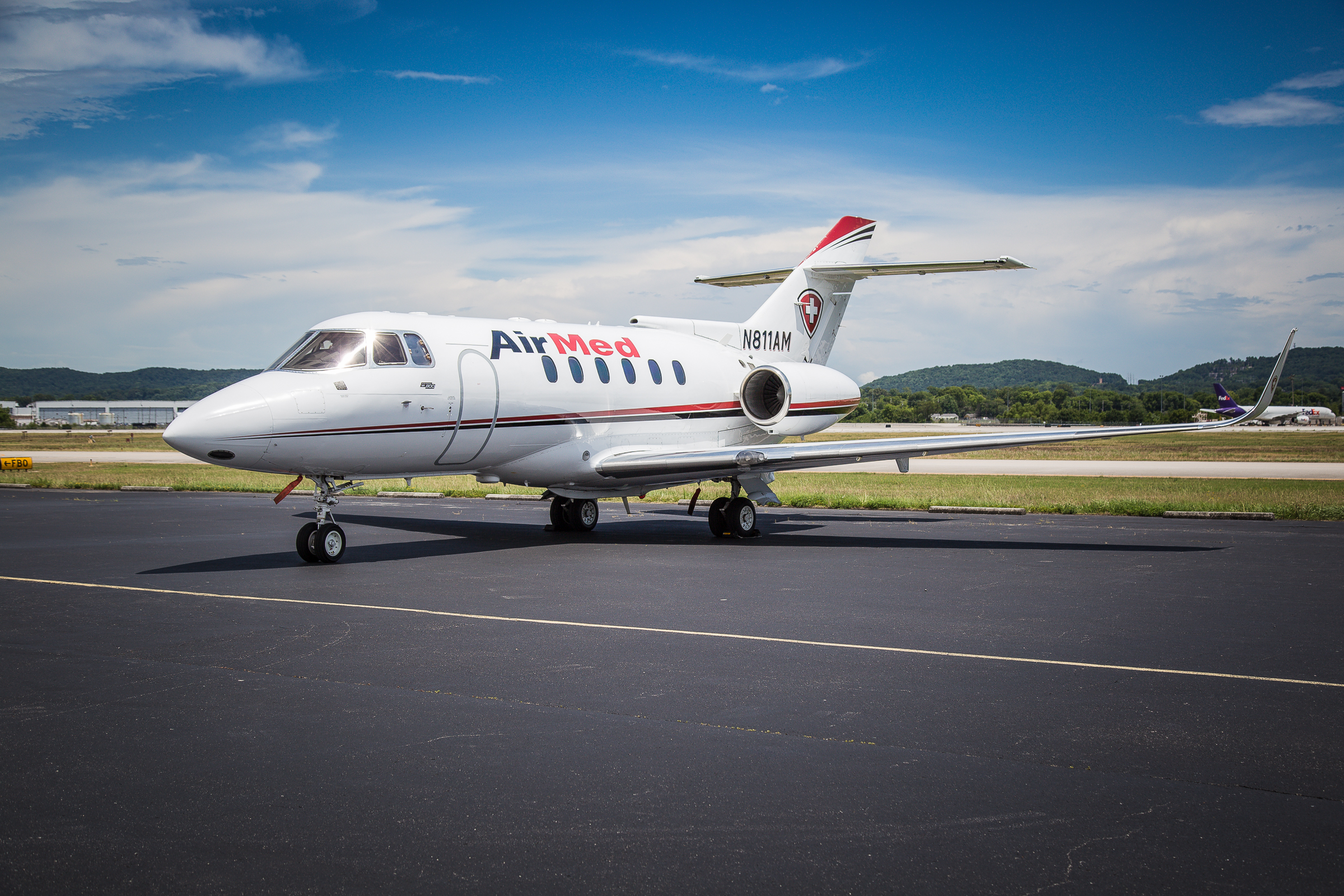Air Extending the Capabilities of Rural Hospitals through Air Medical Services – Analyzing the Costs & Benefits

Posted on September 28, 2021
Healthcare might be a necessity, but not everyone is privileged to access this necessity, especially the people residing in rural areas. Even in the 21st century, global rural communities lack access to healthcare facilities significantly compared to city dwellers. Each year hundreds of previous lives are lost due to the lack of healthcare facilities in the rural areas. Also, many rural communities lack the awareness to get themselves registered for government-approved healthcare funds. The question is, who gets the blame for this negligence? The government? The ineffective expansion of hospital systems?
Well, it doesn’t matter because air medical services have emerged to be the savior of people struggling in rural areas.
Air medical services improve access to healthcare in rural areas, but high costs remain the ultimate barrier. According to research, around 85 million people in America don’t have access to suitable healthcare services unless they agree to drive for an hour or two to the city or have an air ambulance fly them to the hospital.
Truth be told, multiple contributing factors are hindering the expansion of air medical services, including high costs. In this blog, we will be discussing the high costs of Air Medical Services as the biggest barrier to its expansion and why we need to fix it!
Analyzing the Cost Barrier
When it comes down to air medical services, the reimbursement rates set by the companies and private payers cover a slight fraction of the cost of air medical services. People who actually need these services have health insurance that covers very little of the costs (some people don’t have the insurance at all). However, a bipartisan bill was introduced and approved to improve access to air medical services since it included revising reimbursement charges.
Air medical services are considered a life-saving requirement. That’s because approximately eighty hospitals have shut down since 2010, and 1/3rd of rural hospitals are at risk of termination. So, if these hospitals shut down, do you imagine what a catastrophe it would be? However, Medicaid expansion has prevented the closure of some hospitals by providing monetary funds. Moreover, air ambulances are being considered a critical method of improving healthcare access in remote areas, and it’s a part of the Rural Health Care Program launched by the FCC.
The Constant Rise In Private Air Ambulance Services Provider
According to stats of 2017, the number of air ambulance helicopters grew to 1045 while it was less than 100 in the early 1980s, and private providers own 75% of them. This increase in the availability of air ambulances is the result of private equity (they are obviously here to make profits). However, the catch is that these air ambulance companies are regulated according to federal aviation rules rather than medical companies, which is one reason behind high costs.
As far as the accurate costs are concerned, one air ambulance flight would cost $50,000 back in 2015, and the prices have only increased since then. Some of the reasons include a must-have presence of professional and trained pilots, medical experts, and dozen other people to help the patient in need. The costs are actually higher for rural areas given the low run count (a simple rule of supply and demand).
Do We Really Need Air Medical Services?
The costs are obviously high, and we are now more than aware of the reasons. However, it doesn’t mean that air medical services aren’t needed. So, this section will discuss some benefits of using air medical services (governments need to acknowledge these benefits too, by the way!).
The rural hospitals are shutting down, and the ones that tend to sustain themselves either don’t have sufficient funds or are understaffed. This means they aren’t equipped to treat the patients, and the lack of access only worsens the absence of resources and capacity. However, with the utilization of air medical services, the time needed to reach critical patients in rural areas will decrease.
- Secure Transit Between Specialty & Trauma Centers
According to research, around 84% of Americans live more than one to two hours away from Level One and Level Two trauma centers, specifically, if the ground ambulance is used. This means that 25% of the American population won’t have access to healthcare and trauma services without air medical services. So, adequately staffed and well-equipped air ambulances will help save the patients as they have life-saving medical facilities.
The rural hospitals are experiencing closures, and there are various other vulnerabilities, but air medical services can help. These are flying emergency rooms with trained medical professionals and crucial equipment for treating patients in an emergency. Even more, the air medical services can simply provide the equipment and resources to rural hospitals, hence improving healthcare outcomes.
When it comes down to air medical services, they are crucial for the healthcare industry, even with low-volume capacity. On an annual basis, air medical services help around one thousand Americans. This means that air medical services are providing essential healthcare services and will continue to provide critical life-saving healthcare services to the rural communities.
To summarize, the extension of rural hospitals’ capability is challenging, but air medical services can help save lives and provide critical care services to people suffering in rural areas, especially where there are no proper healthcare facilities to help. That being said, it’s high time that governments start focusing on providing affordable air medical services and insurance companies begin providing coverage!